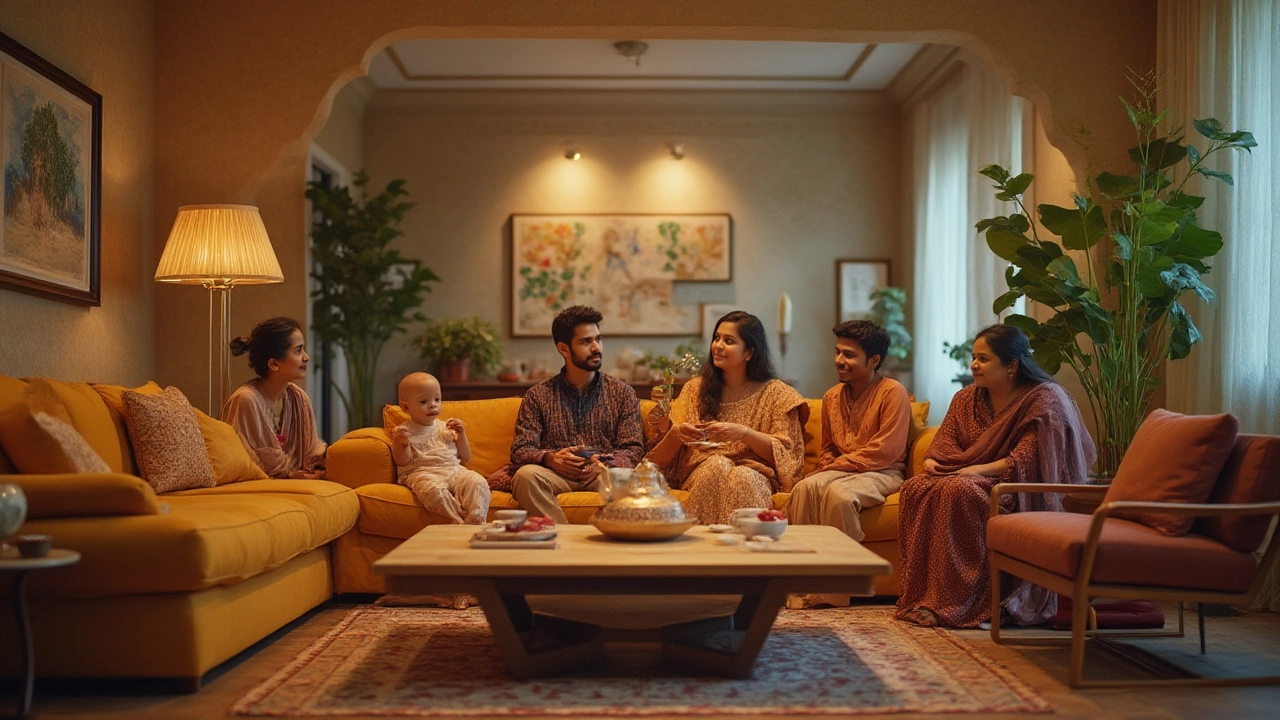Best Place for Coffee Table: Simple Rules for a Cohesive Living Room
When looking for best place for coffee table, the ideal spot in your living space where a coffee table enhances flow, function, and style. Also known as optimal coffee table placement, it helps balance seating, traffic, and visual interest. Best place for coffee table is more than a guess – it follows clear rules about distance, proportion, and surrounding furniture.
One of the first things to consider is the living room layout, the overall arrangement of sofas, chairs, and accessories. A well‑planned layout sets the stage for where the table can live. For example, the 2/3 rule for sofas (the coffee table should be about two‑thirds the length of the sofa) creates a natural rhythm and avoids awkward gaps. When you align the table with the sofa’s depth, you get a comfortable reach without crowding the walkway.
Another key player is the coffee table, a low surface piece that holds drinks, books, and décor itself. Its size, shape, and material dictate how close it can sit to other items. A rectangular table works well with straight‑line seating, while a round one softens angular arrangements and allows tighter circulation. The table’s height should match the sofa’s seat height (usually within an inch or two) to keep elbows relaxed.
Rug placement also influences the best place for coffee table. If you use a rug, the table should sit fully on it, with enough rug extending beyond the table’s edges (typically 12–18 inches) to tie the whole zone together. This visual anchor prevents the space from feeling disjointed. When the rug is too small, the table may appear floating, breaking the flow.
Traffic flow is another practical factor. Aim for a minimum of 18 inches of clear space between the coffee table’s edge and surrounding chairs or walls. This clearance lets people move in and out without bumping into the table, which is crucial in smaller rooms. If you have a narrow hallway that doubles as a living area, consider a slimmer table or a set of nesting tables that can be tucked away when not in use.
Lighting and focal points also play into placement decisions. Position the table where it can benefit from a nearby floor lamp or pendant, adding both task lighting and ambience. If your room has a fireplace or a large window as the main focal point, center the coffee table between the sofa and that feature to create a balanced visual triangle.
Finally, think about daily habits. Families with kids might prefer a sturdier, rounded table placed away from high‑traffic zones, while a couple who entertains often could opt for a glass top that showcases decorative trays. Adjusting the table’s location based on how you use the room ensures the space works for you, not the other way around.
Below you’ll find a curated set of articles that dive deeper into each of these aspects – from exact measurements and DIY fixes for sliding cushions to design tricks for corner sofas and the 2/3 rule guide. Each piece offers practical steps you can apply right away, helping you pin down the perfect spot for your coffee table and create a living room that feels both functional and inviting.
